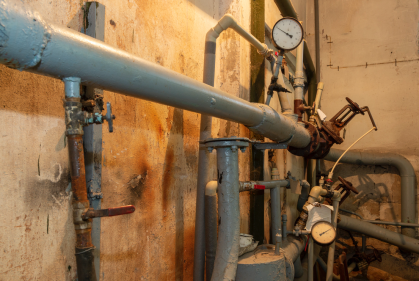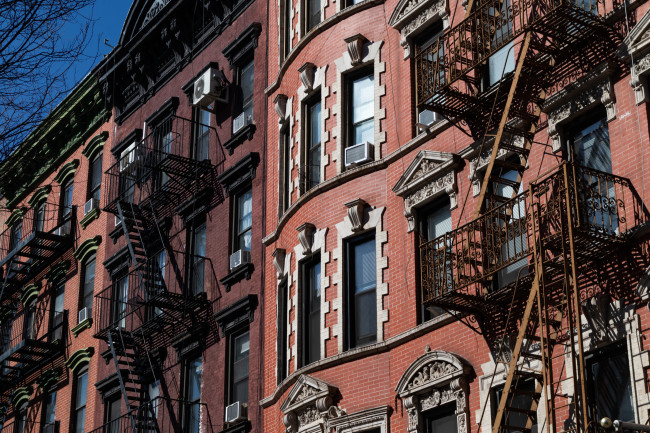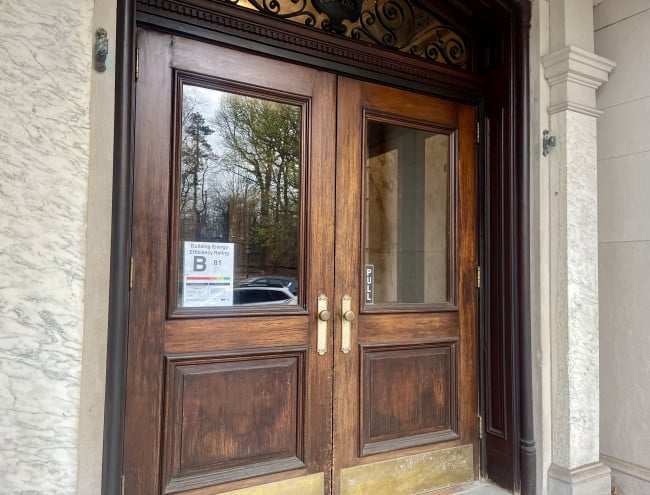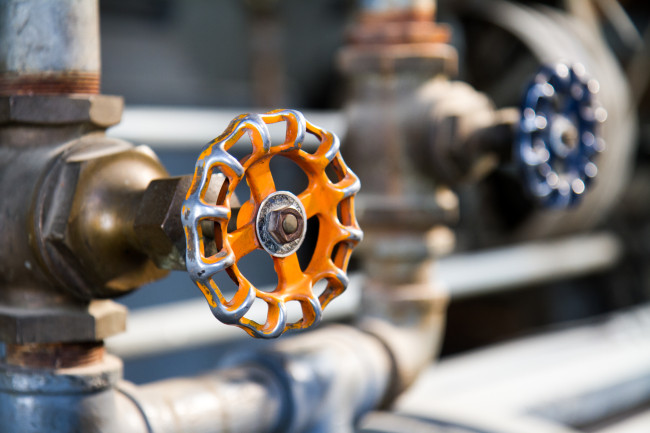How do we show our building has made a 'good faith effort' to comply with Local Law 97?
- Your board should submit an actionable decarbonization plan for the building by May 1st, 2025
- Provide the previous year's emissions report indicating compliance with any DOB adjustments

The city's current "good faith" rules only apply for 2024-2029 and will be different in subsequent compliance periods.
iStock
Owners and boards that prove they are making a "good faith effort" to comply with emission cuts required by Local Law 97 can get reduced penalties when fines for excess building emissions are calculated in 2024. (The fines will be issued in 2025.)
To establish that your New York City building is taking steps to reduce fossil fuel emissions will require producing some paperwork. The city wants to see plans in motion so it's best to start now, our experts say.
"The good faith effort is not merely hiring a company to engage in a review, but it is really intended for each building to have an actionable decarbonization plan in place, with the professionals on hand, financial plans and timetables, and a clear path towards completion," says Mark B. Levine, principal at property management firm EBMG.
Even though the city's new leeway seemingly gives boards some breathing room to come into compliance, Rebecca Poole, director of membership at the Council of New York Cooperatives and Condominiums, says boards shouldn't be lulled into a false sense of complacency.
"To develop a successful plan for carbon reduction, electrification, or decarbonization, boards must engage professionals, review financial implications, make long term decisions, pursue funding, and obtain permits or contracts," she says.
The size of the penalty reduction for good faith efforts will depend on factors specific to the building and the demonstrated commitment to reducing emissions.
Provide the emission report and benchmarking info
The documentation needed to prove a good faith effort includes the previous year's emission report for the building showing compliance with any emission adjustments granted by the Department of Buildings, which is the agency enforcing the regulations.
Other paperwork includes attestations about lighting upgrades for the building, which under Local Law 88, must meet current energy conservation standards by 2025.
An additional requirement is to upload benchmarking information for the previous year. This is the letter grade given to your building with regard to its energy efficiency.
The current rules about good faith efforts only apply for the 2024-2029 compliance period so these requirements will change for 2030 and beyond. "The Local Law 97 rules and requirements are an evolving thing," says Dean M. Roberts, attorney at the law firm Norris McLauglin.
Prep your building's decarbonization plan
Further proof of good faith efforts to meet the new emission standards includes one or more steps taken by the board to reduce emissions. This is your building's decarbonization plan and might be an energy audit or an inventory of the building’s mechanical systems and proof that work is underway that will lead to emission compliance. The submission deadline is May 1st, 2025.
The paperwork might also include details about work carried out since 2013, if it reduced emissions in the building by 10 percent or more. Another form of proof might be a list of alterations putting the building on a path to net-zero emissions by 2050. This could be electrification of the building and a letter from the utility company attesting to the work. Each alteration listed must be itemized with a timeline, a capital plan, and the estimated reduction in emissions.
Roberts recommends creating a separate file for all the paperwork so the information is in one place. "It is important that the documents whether in paper or electronic form are readily available and usable as evidence to governmental agencies," he says.
Under Local Law 97, emission allowances for the building get progressively smaller every five years, aiming for an 80 percent reduction by 2050. In filing the decarbonization plan, you need to show the building will meet its 2024 targets by 2027. Also, by May 2028, you must have applications approved with the DOB to meet the 2030 targets on time.
Good faith efforts could lower penalties
The penalty for exceeding building emissions limits is calculated as the difference between the emissions limit for the year and the actual emissions reported. Buildings face a penalty of $268 per metric ton of CO2 equivalent over the limit.
Levine says the vast majority of buildings in NYC are not going to be at risk of penalties for the first tier of reductions. "The city estimates that only 11 percent of buildings are out of compliance with the first set of standards," he says.
However, if you fall in that bracket of non-compliance, the advice is to start analyzing the state of your building and establish the scope and cost of the work needed in order to be compliant.
Penalties will also be issued to buildings failing to file an emission report. These reports need to be filed each year and the fine for missing the deadline is calculated by multiplying your building’s gross floor area by $0.50.
Buildings can file for extensions and the documentation needed for this includes a report or contract with a professional hired to complete the emissions report or, if you are challenging your building’s square footage, any communications about this with the Department of Finance.
In addition, NYC Accelerator is a city-sponsored organization that has outreach specialists to guide you through what you need to do to comply with the emissions regulations and reduce penalties.
You Might Also Like
Sign Up for our Boards & Buildings Newsletter (Coming Soon!)
Thank you for your interest in our newsletter. You have been successfully added to our mailing list and will receive it when it becomes available.





















